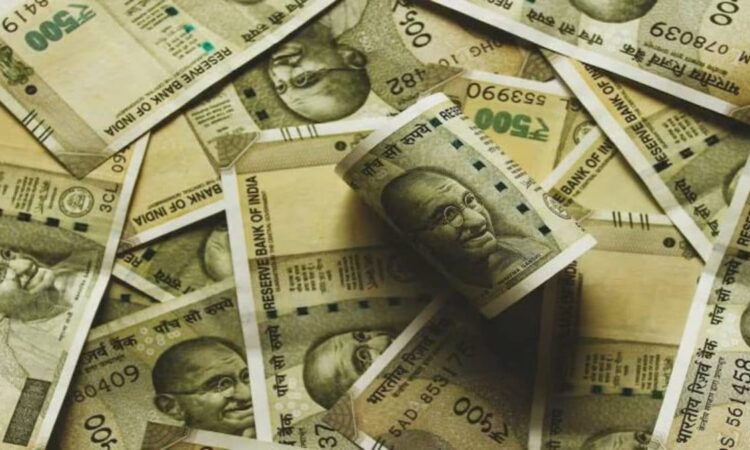Why India’s rupee is the worst performer in the Asian market against the dollar – Firstpost

Across Asia, countries have seen their currencies rally against the dollar in August.
However, there has been one notable exception – India and its rupee.
This is a massive shift from the first six months of the year when the rupee was the best performer against the dollar.
But what happened? And why is this happening?
Let’s take a closer look:
What happened?
The Indian rupee is down .2 per cent against the dollar this month – the worst-performing Asian currency against the dollar.
On Wednesday, the rupee fell 7 paise to 83.84, a record low, against the US dollar in early trade over subdued domestic equity market trend and unabated outflow of foreign capital.
A weak American currency and lower crude prices, however, supported the local unit and prevented its sharp fall, forex traders said.
At the interbank foreign exchange, the rupee opened weak at 83.79 and lost further to 83.84 against the greenback, declining 7 paise from its previous days’ closing level of 83.77.
The rupee settled 10 paise higher at 83.77 against the American currency on Tuesday, a day after gaining 8 paise.
The Indian currency hit its earlier record low of 83.97 against the dollar earlier this month.
Other Asian currencies, meanwhile, are up around four per cent against the dollar this month.
As per Bloomberg, the Indonesian rupiah and Malaysian ringgit have risen five per cent in August.
That after they climbed around one per cent last month, with the Malaysian ringgit’s rising more than 2.5 per cent.
Why is this happening?
According to Bloomberg, the other Asian currencies rose against the dollar on expectations of rate cuts by the US Federal Reserve.
However, the Reserve Bank of India’s firm hold on the rupee has kept a lid on the currency.
The outlet quoted UBS Investment Bank as saying that the central bank wants to keep exchange-rate competitiveness.
The RBI has made its presence felt both in the spot and forwards market.
“The broader driver seems to be authorities’ two-way FX smoothening,” Rohit Arora, head of Asia FX & rates strategy at UBS, told the outlet.
Arora said keeping volatility to the minimum may not be the central bank’s main goal.
A trader said heavy intervention by the central bank has made it so that the “rupee will not participate much to the dollar’s decline, definitely not to the extent other Asians will.”
The Reserve Bank of India has in recent days been selling dollars at 83.97 to support the rupee, according to traders.
One of the impacts of RBI’s “incessant intervention” over the last several months has been that rupee will underperform when dollar declines and will outperform when dollar rallies, a treasure official at a bank explained.
Outflows from equities and dollar demand from importers, alongside unwinding of carry trades earlier in the month, have also kept a lid on gains in the rupee even as its peers have risen.
Overseas investors have pulled out about $2.5 billion from Indian shares in August, according to stock depository data.
The rupee “faces persistent challenges – a widening trade deficit, ongoing foreign outflows, and relentless demand for USD from importers,” Amit Pabari, managing director at FX advisory firm CR Forex in Mumbai said.
But “with the Reserve Bank of India (RBI) firmly in control, the rupee is likely to remain within a narrow range,” Pabari said.
Routine interventions by the RBI helped the rupee hold above the psychologically-important 84 handle last week.
Dollar index near lowest level in months
On Tuesday, the dollar index – which gauges the greenback’s strength against a basket of six currencies –was at 101.9.
That’s hovering close to its lowest level in seven months.
This came ahead of remarks from Federal Reserve policymakers this week, including Chair Jerome Powell on Friday.
The remarks will influence expectations of the extent and pace of rate cuts by the Fed.
Interest rate futures are currently pricing in about 93 basis points of US rate cuts over 2024.
On the domestic equity market front, Sensex fell 24.50 points, or 0.03 per cent, to 80,778.36 points. The Nifty was almost flat at 24,699.55 points.
Foreign institutional investors (FIIs) were net sellers in the capital markets on Tuesday, offloading shares worth Rs 1,457.96 crore, according to exchange data.
With inputs from agencies
